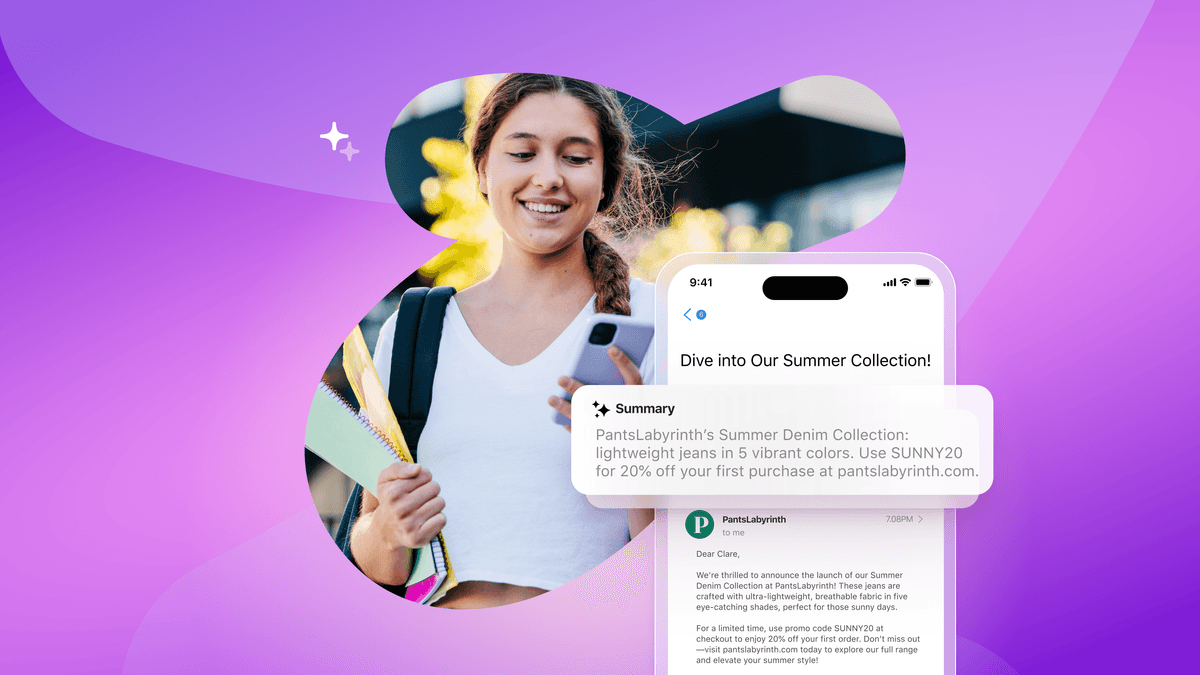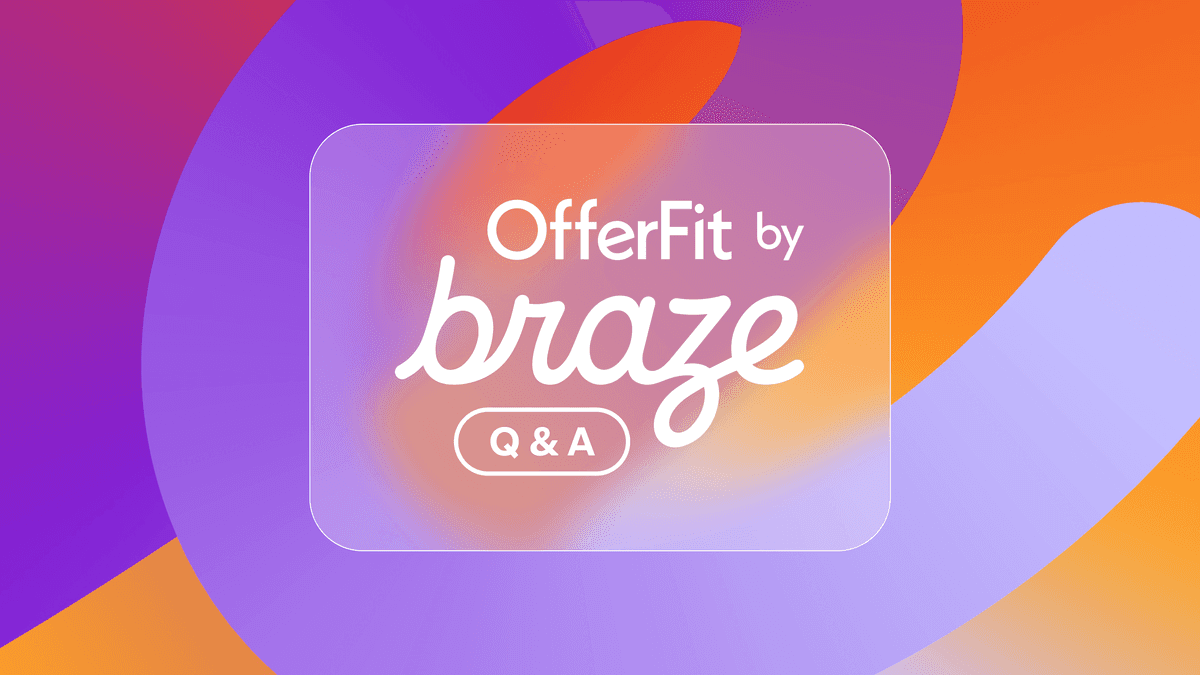Give Up Control to Drive Mobile App Engagement
Published on October 29, 2015/Last edited on October 29, 2015/3 min read


Team Braze
Every year, the cost of mobile app user acquisition jumps higher: last year, it surged by a full 80 percent to $2.25 per customer. Want a loyal customer that sticks around past the first 60 days? You’re looking at an effective $14 to $27 acquisition cost per customer.
Considering the capital and sweat equity it takes to capture customers attention, and declining rates of user retention, a reasonable instinct may be to attempt to fully control your customers’ mobile experience. After all, if “taking responsibility end to end” worked for Steve Jobs, it’s probably a smart strategy for your brand—right?
That may be true for a well-designed and elegant product experience—but it doesn’t necessarily hold true when it comes to mobile marketing. Today, customers all but demand the ability to customize their mobile experiences so that the messages they’re getting are actually useful and contextually relevant to their lives (rather than annoying, disruptive, and self-serving). “Empower your customers to control the relationship they have with your brand–through opt-ins, and a keen understanding of each customer’s behavior–to build trust and LTRs,” advises Mark Ghermezian, Appboy co-founder and CEO.
Your role as a marketer isn’t to white knuckle the steering wheel, but instead, to assume the role as navigator while your customer drives the experience. “You should set the course and create a consistent engagement strategy that will influence the customer’s journey,” adds Mark. “But you’ll go a lot further if you empower your user to make key decisions that affect their experience all along the way.”
Relinquishing control goes well beyond allowing customers to build a profile or set their preferences for push-based notifications, alerts, and a reminder emails. It could mean letting them control how the app functions (by allowing users to turn on or off certain features), or even sharing data you’ve collected on them.
It’s a move that recently made headlines for Uber. This year, the app finally gave customers the opportunity to view the qualitative numeric rating drivers had assigned to them after several trips. Most riders were thrilled to have access to this previously private info, and it was a boon for Uber in both the press and on social media—individual riders began sharing their scores and driving friendly competition to improve the number (gamification at its best).
Uber made the decision to release once-controversial passenger ratings only after software engineer Aaron Landy hacked the system last year, giving customers a backdoor avenue to finding their top-secret number—for a few hours at least, until Uber’s programmers repaired the “leak.” The media frenzy around the hack and the overwhelming demand by its customers compelled Uber’s management to make the once-secret information public.
The push towards transparency not only enhanced Uber’s reputation, but it also had another unexpected benefit: It encouraged riders to have friendlier, more respectful exchanges with drivers. That meant better rides, better scores—and better relationships for everyone interacting with Uber. And in a world where reputation is everything—for both customers and the brands serve them— that’s a major win-win.
Giving customers greater control over their experience doesn’t come down to a single “yes-no” decision. It’s composed of hundreds of smaller ones, from the straightforward to the complex to the seemingly counterintuitive. When in doubt: trust your user to understand what’s best way to interact with your brand, and you’re on your way to building a customer for life.
Be Absolutely Engaging.™
Sign up for regular updates from Braze.
Related Content
View the Blog
How Android 16 and iOS 26 are reshaping customer engagement

Haley Trost

Proven customer retention strategies for building loyalty and reducing churn
July 02, 2025
Introducing OfferFit by Braze: Answering burning questions
